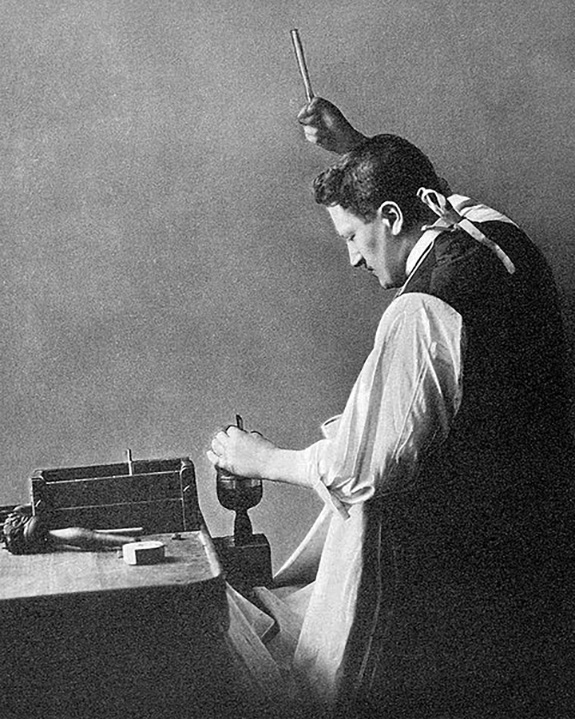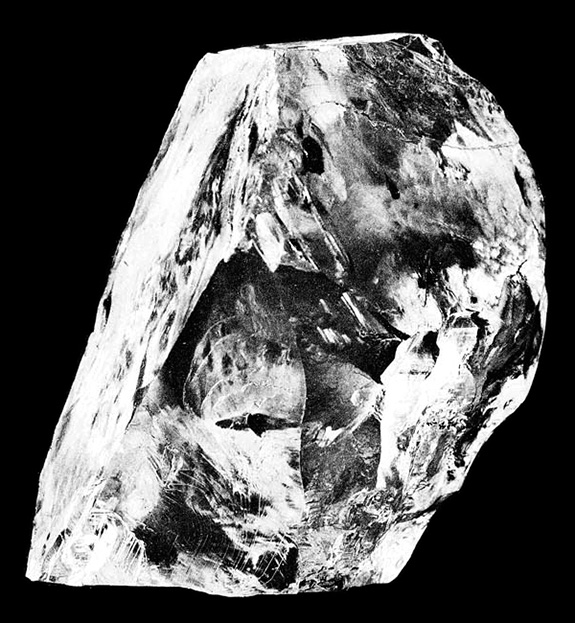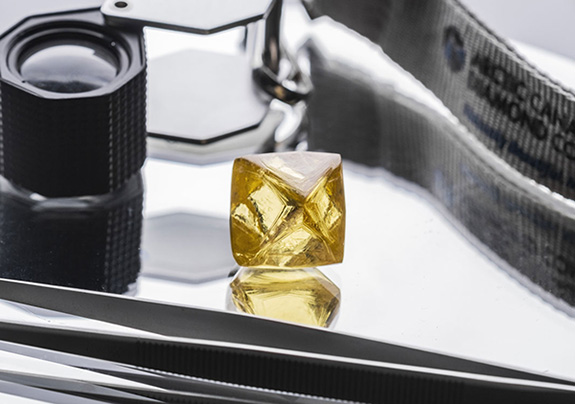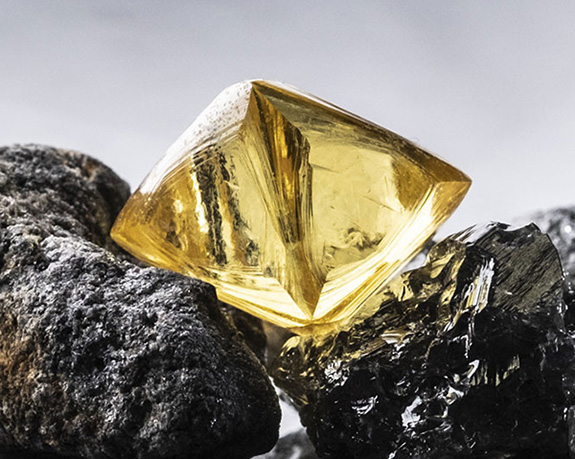Welcome to Music Friday when we bring you sensational songs with jewelry, gemstones or precious metals in the lyrics or title. Today, Jason Derulo dreams about proposing with "the perfect diamond ring" in his 2010 tune, "What If."
Derulo explained to the BBC that the song is about meeting someone for the first time and then imagining — at that moment — how both lives may have been profoundly altered.
“So I’m telling this girl y’know, what if in two years, three years from now we’ll be married with children and living in a log cabin?” he told the BBC.
In the key verse, he sings, “Yeah, picture me on one knee / With the perfect diamond ring / We just met, but if you said yes / We’d have our wedding on the beach.”
The official video, which was inspired by the 2004 movie The Butterfly Effect, opens with Derulo and his girlfriend setting up a new apartment. She's out of the room when he pulls a red ring box from the nightstand and opens it to admire what seems to be a platinum and diamond engagement ring. When she enters the room, he quickly hides it in his pocket.
She insists on retrieving the last item from the moving truck, and when she leaves the room he opens the box again, stares at the ring and whispers to himself, "What if? What if I'm the one for you?"
The scene switches to the girlfriend pulling a small box from the truck and closing the cargo door. As she crosses the street to return to the apartment, she is nearly hit by a distracted driver.
Derulo hears the screeching tires and shattered glass and sprints to save his girlfriend, but as he reaches her, the video freezes, and then time moves in reverse. We learn how Derulo and his girlfriend got to this moment through flashbacks, as if their lives are being rewound.
The video, which has been viewed nearly 39 million times, contains a surprise ending that we won’t spoil here. The “butterfly effect,” by the way, is a scientific theory that a single occurrence, no matter how small, can change the course of the universe forever.
“What If” is the fourth single from Derulo’s self-titled debut album. It was first released in the UK and peaked at #12. The single was subsequently released in the U.S., where it reached #26 on the Billboard US Mainstream Top 40 chart.
Born Jason Joel Desrouleaux in Miramar, Fla., the 33-year-old singer-songwriter-dancer-choreographer, has sold more than 50 million singles since launching his solo career in 2009. He changed his last name to Derulo because the French spelling was hard to pronounce.
Please check out the official video of “What If.” The lyrics are below if you’d like to sing along…
“What If”
Written by Jonathan Rotem and Jason Desrouleaux. Performed by Jason Derulo.
What if?
What if I’m the one for you?
And you’re the one for me?
What if?
If you are the one
Then us meeting here is fate
Future with a dog named Red
Buy a house with a fireplace
This is the first I’ve seen your face
But there’s a chance we are soul mates
I know this might sound crazy
‘Cause you don’t know my name
But we can’t, we can’t tell the future, no
But that’s just the beauty of the world we know
So I’ma say du, du, du-du, du-du, du-du, baby, what if?
We all can say du, du, du-du, du-du, du-du, baby, what if?
What if? What if? What if?
What if? What if? What if?
Yeah, picture me on one knee
With the perfect diamond ring
We just met, but if you said yes
We’d have our wedding on the beach
It could happen, raise three kids
And we grow old oh, so happily
I know this might sound crazy
‘Cause I don’t know your name
But we can’t, we can’t tell the future, no
But that’s just the beauty of the world we know
So I’ma say du, du, du-du, du-du, du-du, baby, what if?
We all can say du, du, du-du, du-du, du-du, baby, what if?
Don’t know what tomorrow brings
But I’m still hoping that you are the one for me
Oh, and what if I had you and what if you had me
And, baby, what’s the reason we can’t fall in love?
What if? What if? What if?
What if? What if?
But we can’t, we can’t tell the future, no
But that’s just the beauty of the world we know
So I’ma say du, du, du-du, du-du, du-du, baby, what if?
We all can say du, du, du-du, du-du, du-du, baby, what if?
But we can’t, we can’t tell the future, no
But that’s just the beauty of the world we know
So I’ma say du, du, du-du, du-du, du-du, baby, what if?
We all can say du, du, du-du, du-du, du-du, baby, what if?
Credit: Photo by MTV International, CC BY 3.0, via Wikimedia Commons




